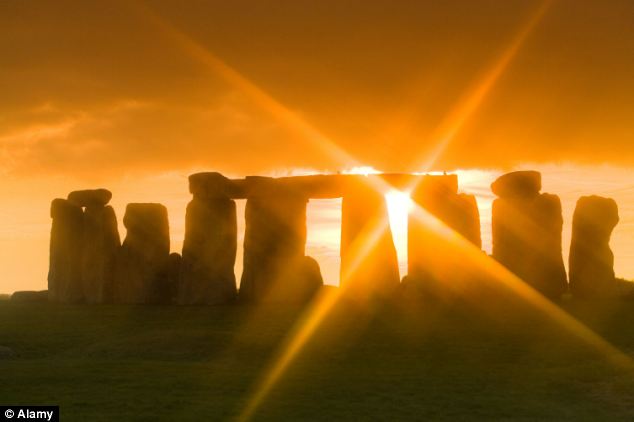How good to see all of these wonders brought together in one forum.
I hope I can bring some recent facts about Stonehenge, recent discoveries.
I have just found this.

Stonehenge, England
Source DailyMail.co Uk
Archaeologist have discovered that Stonehenge in Britain is 5000 years older than previously calculated. How the people moved the stones is a great mystery. Here is the story below.SW
******************************************************************************************************************************
Human beings were occupying Stonehenge thousands of years earlier than previously thought, according to archaeologists.
Research at a site around a mile from Stonehenge has found evidence of a settlement dating back to 7500BC, 5,000 years earlier than previous findings confirmed.
And carbon-dating of material at the site has revealed continuous occupation of the area between 7500BC and 4700BC, it is being revealed on BBC One’s The Flying Archaeologist tonight.
Experts suggested the team conducting the research had found the community that constructed the first monument at Stonehenge, large wooden posts erected in the Mesolithic period, between 8500 and 7000BC.
Open University archaeologist David Jacques and friends started to survey the previously-unlooked at area around a mile from the main monument at Stonehenge, when they were still students in 1999.
The site contained a spring, leading him to work on the theory that it could have been a water supply for early man.He said: ‘In this landscape you can see why archaeologists and antiquarians over the last 200 years had basically honed in on the monument, there is so much to look at and explore.
‘I suppose what my team did, which is a slightly fresher version of that, was look at natural places – so where are there places in the landscape where you would imagine animals might have gone to, to have a drink.
‘My thinking is where you find wild animals, you tend to find people, certainly hunter-gatherer groups, coming afterwards.
Read more:
http://www.dailymail.co.uk/sciencetech/article-2311173/Stonehenge-occupied-humans-5-000-years-EARLIER-thought–animal-watering-hole.html?utm_source=feedburner&utm_medium=feed&utm_campaign=Feed%3A+C2C-InTheNews+%28Feed+-+Coast+to+Coast+-+In+the+News%29